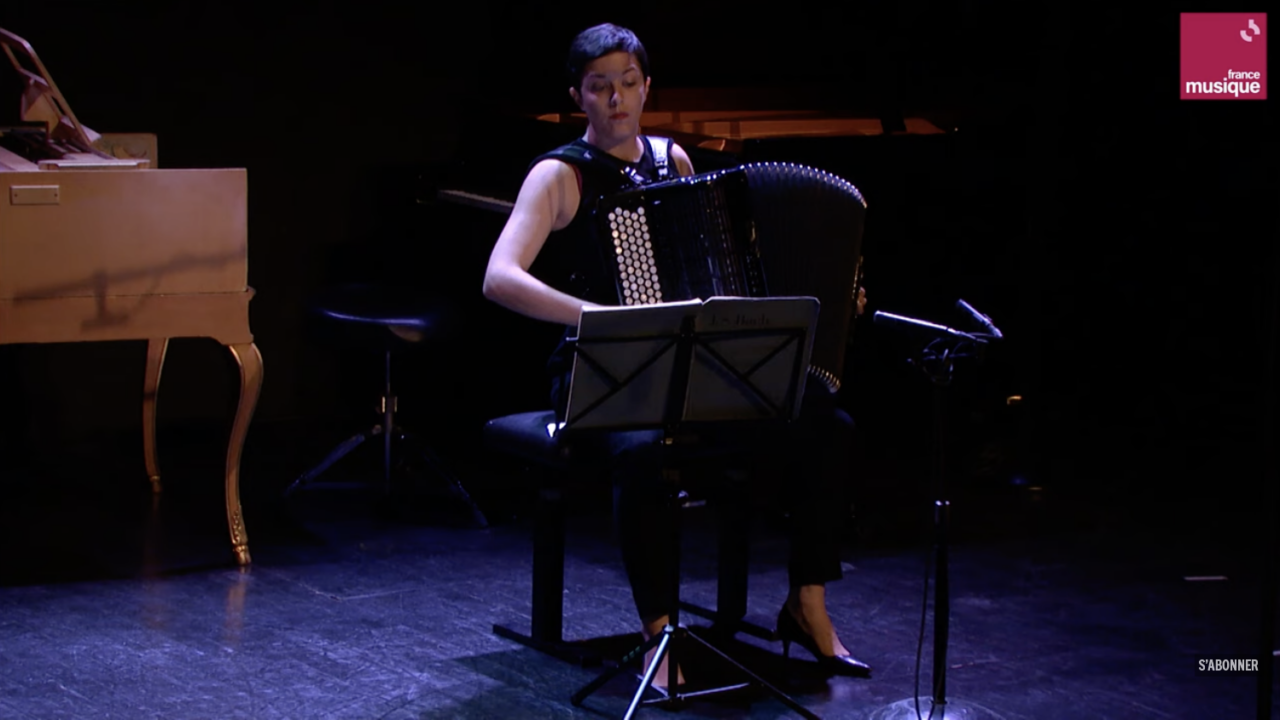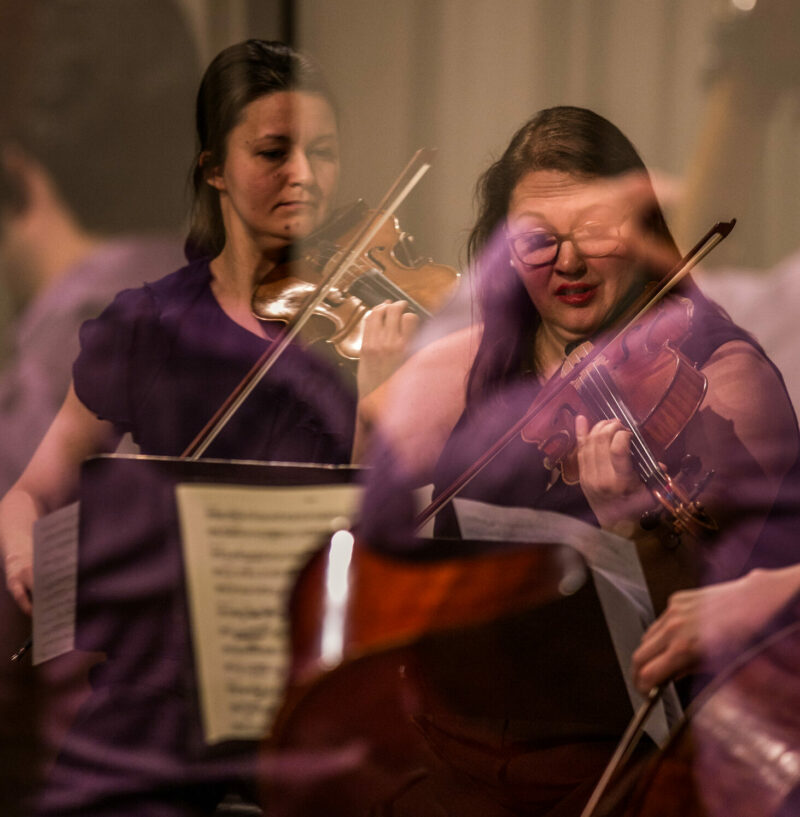
World-renowned accordion superstar Fanny Vicens performs Bach’s Goldberg Variations.
A collaboration with Perspective Festival.
“Music which rests lightly on the wings of the unchecked wind.”
– Glenn Gould, using the words of Beaudelaire to describe Bach’s Goldberg Variations
JS Bach: Goldberg Variations, BWV. 988 (1741)
Aria
Variatio 1. a 1 Clav.
Variatio 2. a 1 Clav.
Variatio 3. Canone all’Unisuono. a 1 Clav.
Variatio 4. a 1 Clav.
Variatio 5. a 1 ô vero 2 Clav.
Variatio 6. Canone alla Seconda. a 1 Clav.
Variatio 7. a 1 ô vero 2 Clav. al tempo di Giga
Variatio 8. a 2 Clav.
Variatio 9. Canone alla Terza. a 1 Clav.
Variatio 10. Fugetta. a 1 Clav.
Variatio 11. a 2 Clav.
Variatio 12. Canone alla Quarta. a 1 Clav.
Variatio 13. a 2 Clav.
Variatio 14. a 2 Clav.
Variatio 15. Canone alla Quinta. a 1 Clav.
Variatio 16. Ouverture. a 1 Clav.
Variatio 17. a 2 Clav.
Variatio 18. Canone alla Sexta. a 1 Clav.
Variatio 19. a 1 Clav.
Variatio 20. a 2 Clav.
Variatio 21. Canone alla Settima. a 1 Clav.
Variatio 22. a 1 Clav.
Variatio 23. a 2 Clav.
Variatio 24. Canone alla Ottava. a 1 Clav.
Variatio 25. a 2 Clav.
Variatio 26. a 2 Clav.
Variatio 27. Canone alla Nona. a 2 Clav.
Variatio 28. a 2 Clav.
Variatio 29. a 1 ô vero 2 Clav.
Variatio 30. Quodlibet. a 1 Clav.
Aria
Bach wrote his “Aria mit verschiedenen Veränderungen” (or Aria with diverse Variations) in 1741; they were published as part of his Clavier-Übung, op. 4, in 1742. Popularly known as the Goldberg Variations, after their likely first performer, one Johann Gottlieb Goldberg, they stand at the summit of Bach’s output for the keyboard.
All of the variations – indeed, the form of the whole piece – are governed by numbers derived from three and eight. The opening Aria is thirty-two bars long, and divided into two, sixteen-measure-long halves. The thirty variations can be grouped into ten sets of three, the third of which is always a canon beginning at a different interval. They can be further divided into two halves, which mirrors the form of the opening Aria: in this reading, the sixteenth variation, a French overture, marks the beginning of the Variations’ second half. If we include the Aria and its reprise at the very end of the piece, there are thirty-two movements in all, reflecting the thirty-two-bar duration of the Aria.
Each variation is remarkable in its own right. Some, like the seventh, a gigue, draw on dance forms. Others, like the dreamy thirteenth, offer beautifully spun-out elaborations of the theme. Throughout, the music grows more complex and chromatic. Over the last six variations, there’s a clear sense of the music building inevitably towards its climax. That apex arrives rather unexpectedly in the form of a quodlibet that incorporates the melodies from a pair of popular songs of the day – “I Haven’t Been With You For So Long” and “Cabbage and Turnips” – and plays them over an elaboration of the Aria’s bass line. It’s a marriage of the sublime and banal such as few composers in history have pulled off so successfully. After this movement, the Aria returns for a final statement, providing a clear sense of just how much the music has been developed.
In the early 19th century, Johann Nikolaus Forkel, Bach’s first biographer, propagated a story that the Goldberg Variations were written for the late-night entertainment of the insomniac diplomat, Count Kaiserling. That tale is most likely spurious. But it does contain at least a grain of truth: On the title page of the original publication, Bach wrote that the Variations were “composed for music lovers, to refresh their spirits.”
© Jonathan Blumhofer
“When Perspective Festival founder Michael Angell came to us with the opportunity to co-present accordionist phenom Fanny Vicens, he shared a video of her playing the Goldberg Variations in France and Carissa and I were very excited by what we saw and heard. Fanny is a truly special talent, and I know this concert will be a truly special and unique experience for our audience. We can’t wait to share this May 25!”
– Jacqueline Woods, Ritornello Co-Founder and Artistic Director



